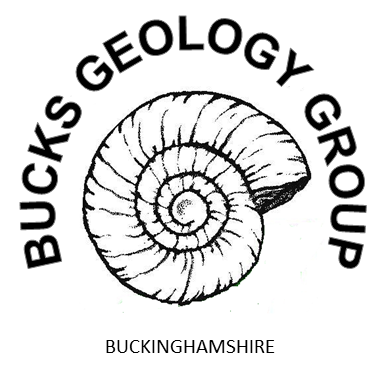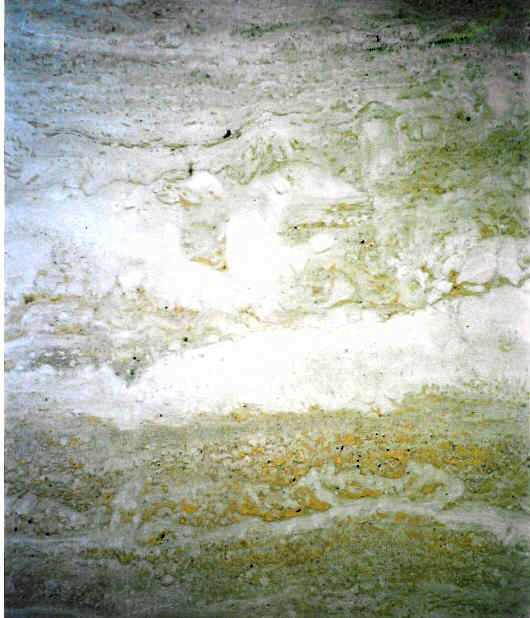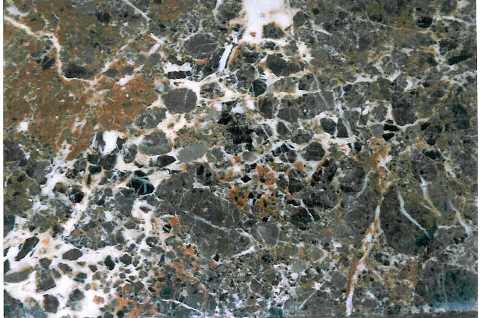|
Bucks Geology GroupMilton Keynes Shopping Centre
Grid reference: SP 857 390 (information office).Ordnance Survey map: Northampton and Milton Keynes Sheet 152.Geological maps: 1:50,000 series Bedford sheet 203.Bucks County Council administration area: Milton Keynes.Owned by: Various.Area of site: ha.
Access, location and parking: Central Milton Keynes shopping centre.
Interest Summary: The shopping centre includes building stones from all round the world in a setting that is safe and accessible. The building stones have been cut and polished and therefore present their geological information in its best light.Although the shops can be accessed from a large number of directions via different aisles, the list here commences with Marks and Spencer by the Sunset Walk entrance/exit and walking down Midsummer Arcade to John Lewis in Middleton Hall. There are, of course, a huge number of other rocks to be seen. Marks and Spencer (floor area). There are floor inlays outside Marks and Spencer and along Sunset Walk (below). The red squares are a red granite (source currently not known), the white squares are a shelly limestone (the shell cross-sections are clearly seen), pink tiles of Peterhead Granite from Scotland and the dark blue rock in the outer ring is called Larvikite (an igneous rock known as syenite from Larvik in Norway). The shimmering of the blue crystals in this rock is due schillerisation of the feldspars (a kind of 'un-mixing' of the partially formed melt).
House of Fraser. A notable open textured travertine, full of holes (or vugs as geologists call them). The 'vugs' have occurred due to escaping gases. Travertine is a limestone formed in shallow, thermal waters with algal or bacterial mats forming.
Flooring and garden containment of central walkway All the flooring of the centre, the seating and the boxed areas around flower beds are formed of a particularly good quality travertine (above). These areas show the layers of algae and mud very clearly. The intricate form of the mats and also de-watering structures and brecciation can be found in different sections. This is probably the Italian source of travertine (about 40 million years old). Goldsmith's. A particularly deep blue form of Larvikite (similar to Marks and Spencer above, but slightly different mineralogy).
MacDonald's. Without doubt the best quality travertine in the centre. The layers of mud and algae are well defined as well as the brecciated horizons where the sediment was ripped up by storms or influxes of water. House of Fraser Good quality travertine again at this second store location. A pink marble which is highly fractured (below).
Several shops show this brecciated limestone - the rock is made up from an earlier limestone (grey pebbles) which has been cut through with veins and then this was broken up and re-cemented into this rock, presumably as part of a sea-floor mass movement - source unknown
|



